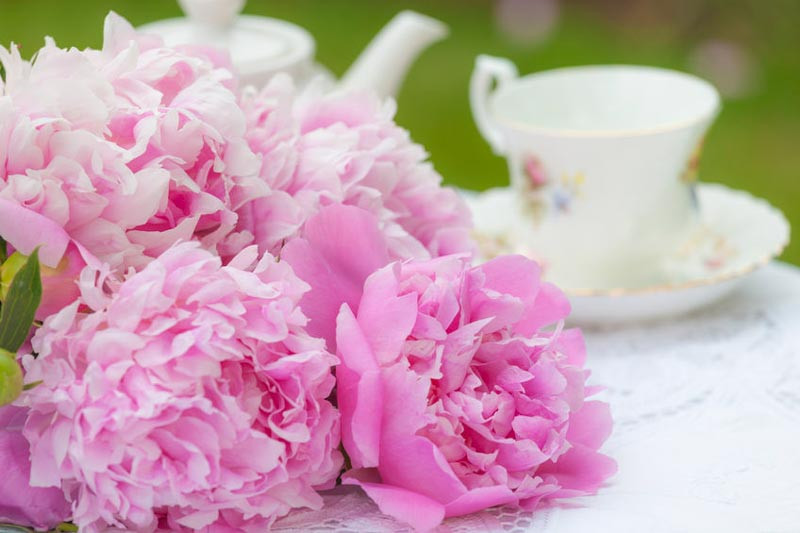Peony: A timeless addition to gardens and bouquets
Peonies, known for their stunning blooms and lush foliage, are a favorite among gardeners and flower enthusiasts.
Origin and Classification: Peonies, belonging to the genus Paeonia, are native to Asia, Southern Europe, and Western North America. The family comprises about 33 species, primarily herbaceous perennials, though some are deciduous shrubs.
Types of Peonies: There are three main types: herbaceous, tree, and intersectional peonies. Herbaceous peonies die back to the ground each winter, tree peonies have a woody structure and lose leaves in winter but do not die back to the ground, and intersectional peonies are a hybrid of the two, combining the best traits of both.
Flowering and Foliage: Peony flowers are prized for their size, often ranging from 2-12 inches in diameter, and come in various colors, including pink, red, white, yellow, and coral. The blooms have a distinctive, cup-like shape with multiple layers of petals. The lush, deeply lobed foliage is glossy green, turning reddish or golden in the fall.
Growing Conditions: Peonies thrive in well-drained soil and full sun to partial shade. They are hardy in USDA zones 3-9, making them suitable for a variety of climates.
Planting and Care: The best time to plant peonies is in the fall, allowing them to establish their root systems before blooming in late spring to early summer. These plants require minimal maintenance once established. However, proper watering, fertilization, and deadheading can enhance growth and flowering.
Longevity and Uses: Peonies are long-lived plants, often thriving for decades in the same spot. They are commonly used in perennial borders, foundation plantings, and as cut flowers due to their long vase life. Their large, fragrant blooms make them popular in bouquets and floral arrangements.

